Couscous are tiny dried pasta grains that are cooked and eaten like noodles. These small grains are actually pastry which is made by special technology of wheat meal or coarsely ground durum wheat. In some regions, couscous is made from coarsely ground barley or millet. The taste is similar to other types of pasta, but its tiny form allows much better and even flavoring of the grains.
Types of couscous
Usually, small pieces of Couscous reach a size of about 1 mm. There are different types of couscous, one of the most interesting is one known as Israeli couscous. The story is that this variety starts to get popular, when Israel gained its independence in 1948, in those years, wheat was plentiful, but there was no rice.
So this noodle became a major component of Israeli dishes. The truth is that making couscous is a very labor intensive job. Women used to gather in groups and prepare couscous for a few days. Today the production of couscous is fully mechanized and widespread throughout the world.
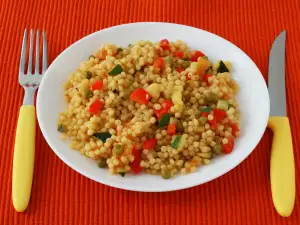
One of the first documented mentions of Couscous is in an anonymous Spanish-Muslim cookbook of the 13th century. Couscous is a staple food in Magrib - an area covering most of eastern Algeria, Morocco, Tunisia and Libya. In these areas, the byword for couscous is synonymous with "food." It is a basic Berber food and is ever cheaper, and cooks fast with milk and melted butter, which is suitable for consumption in their nomadic lifestyle.
It spread rapidly in North Africa, the Arab world and then - in Europe. Except Magrib, this product is widely popular in the West African Sahel, France and parts of the Middle East. Couscous regularly appears on the table of the Jews of North African origin.
In fact, real couscous is little known. Under the name "couscous" venture noodle products, a type of pasta shaped in small grains. They are popular in Eastern Europe, known in Italy as pepperino, Acin di pepe, or piombi, in Hungary as tarhonya, English egg barley. Israeli couscous, also known as pearl couscous or maftul is a larger version of couscous and is prepared in a more unconventional way. In Western cuisine couscous is often served with meals of salmon or chicken or added to salads.
Composition of Couscous
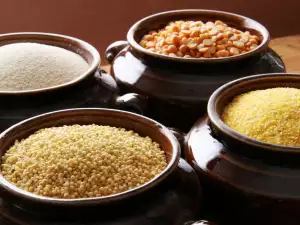
Couscous has a glycemic index is 25%, lower than other types of pasta. The energy content of 100 g couscous is about 350 kcal, in the worst case. There are types of couscous, which have only about 120 calories. Food product values vary depending on the brand and the way of production.
On average, 100 g couscous contains 12 grams protein, 75 grams carbohydrates and only 1 gram fat. 100 grams cooked couscous consists of about 120 kcal. The reason for the difference lies in the fact that already cooked couscous has a greater weight. 100 g fresh couscous usually makes about 250-300 g after cooking, because the pasta takes a large amount of water in during boiling.
Selection and storage of couscous
When choosing couscous, it is almost impossible to buy a product unfit for consumption. It most often comes in packs of 500 grams with a small difference in the size of the grains. It is good to note the contents so you know what product you will buy. It is better to keep Couscous in linen bags, or glass or ceramic jars, not out in the light. If stored in a cool room, couscous can last for months. However, the expiration date indicated on the package should be respected.
Culinary uses of Couscous
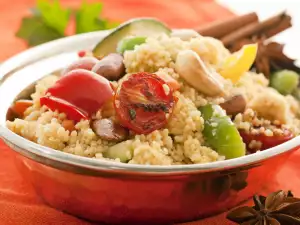
Couscous, like all kinds of pasta can be cooked in different combinations of products. You can use couscous for salads, appetizers, main dishes, soups, filling for peppers and even desserts.
Couscous was a product with which they prepared some of the finest dishes in the Spanish royal court. In Arabic cuisine, served sweet or salty, couscous is one of the most popular and frequently consumed products. In Morocco, it is a national food and a tradition at the table every Friday.
Couscous is high energy food because it is usually combined with different sauces. Most are irrelevant and unhealthy prepared sauces because they contain different preservatives and sugars. Preferably homemade sauces are low-fat and healthy combination of vegetables, dairy products and aromatic spices.
It is believed that the regular European portion is about 80 grams of product. As a subject to stricter diet and going crazy, the amount can be reduced to 60. Couscous is an integral part of the famous Mediterranean diet, as well as all other types of pasta. Most healthy blend of couscous is one with more vegetables and seafood. From sauces, pick those that are based on vegetables and dairy products. Quite suitable is tomato sauce.
Recipe fir Couscous with Moroccan vegetables
Ingredients: Couscous - 4 cups, Arabic oil - 4 tbsp, onion - 3 heads chopped very finely, broth - 1/2 cup vegetable, chickpeas - 1 cup cooked or canned, saffron - 1 pinch nutmeg - 1 pinch, Turmeric - 1/2 tsp, ginger - 1/2 tsp powder, cinnamon - 1 stick, tomatoes - 6 peeled and cut into quarters, carrots - 400 g in rings, turnips - 400 g white, cut into sticks, quince - 1 diced, marrows - 2 pieces in rings, chilies - 1 red, finely crushed, raisins - 1 cup, fat - 50 grams of butter, pepper - to taste, salt
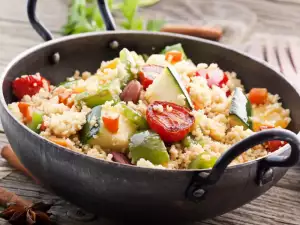
Preparation: First heat the olive oil and put the dry spices in it, stir gently and add the onion. Once soft, add the carrots and turnips. Stir for 2 minutes and add the marrows, quince, chili peppers and chickpeas. Add the tomatoes and add broth.
Put the couscous in a colander over the vegetables, cover and let it cook for 15 minutes. Add the raisins and add pieces of chopped butter. Cover the top for another 2-3 min Finally, flavor with salt and pepper. Distribute the Couscous in a dish, make a well in the middle and pour the vegetables in.
Benefits of Couscous
Couscous is considered a healthy food that must be present in a complete diet. This is mainly due to the fact that it is made from semolina. It si extremely healthy the have whole grain versions of pasta and couscous. They are obtained from rye flour and other whole grain flours.
Couscous millet affects the heart well and reduces high blood pressure. Because of the high content of magnesium, it reduces the risk of asthma and migraines. It contains a lot of phosphorus, which is important for cells and it is also suitable food for those suffering from diabetes. It is rich in fiber, which has a number of benefits on human health and its protection.
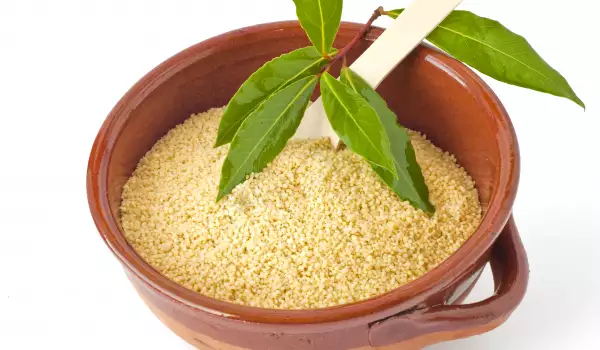
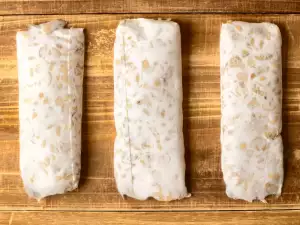
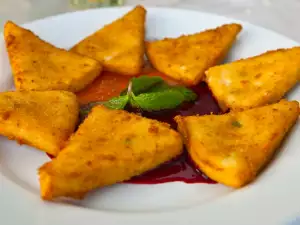
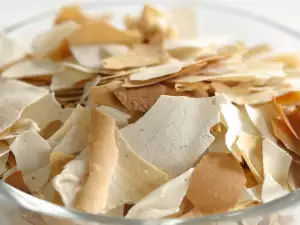
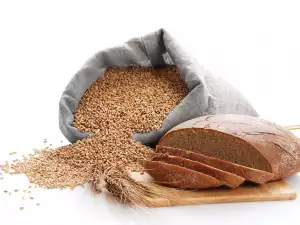
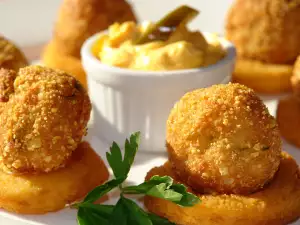

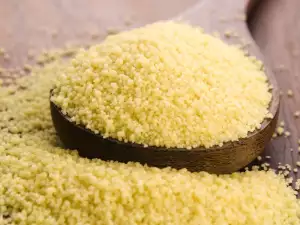

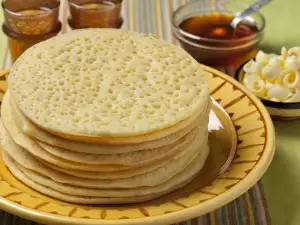
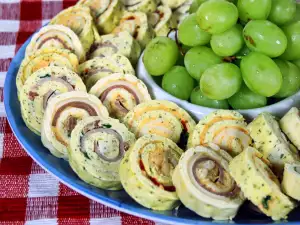

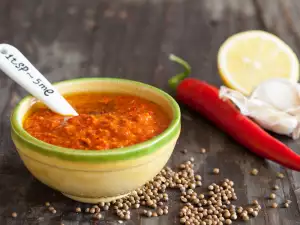
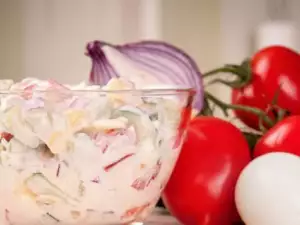
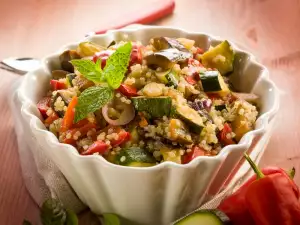
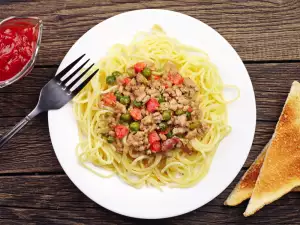




Comments